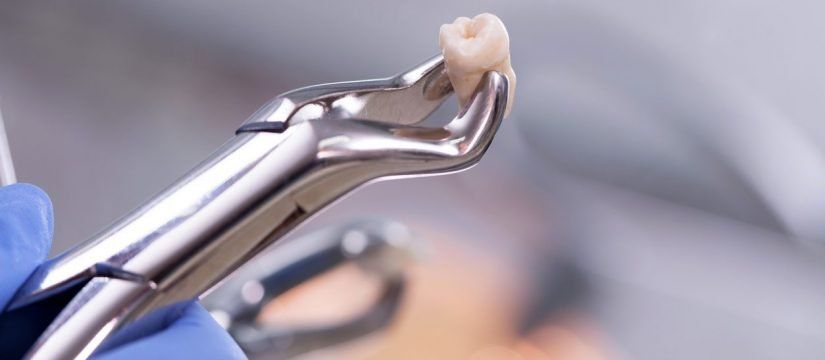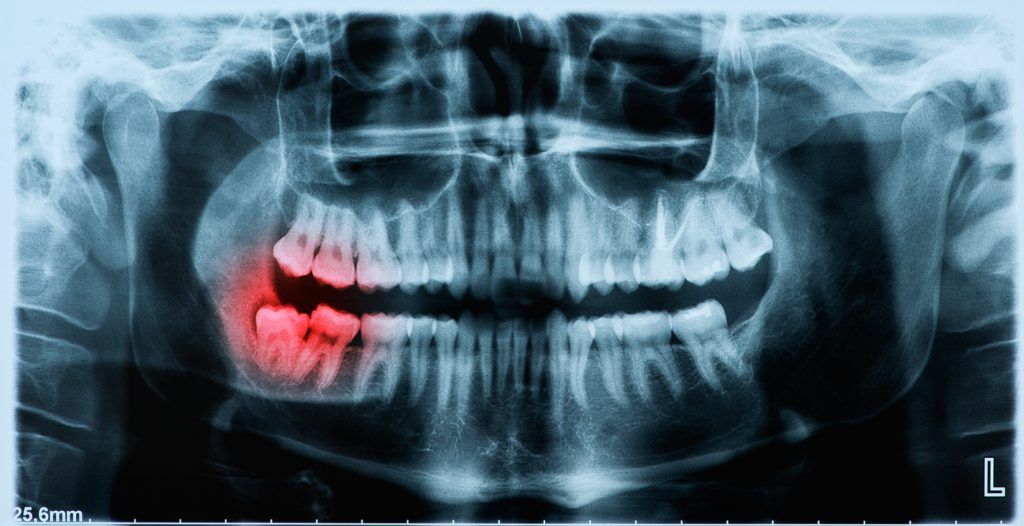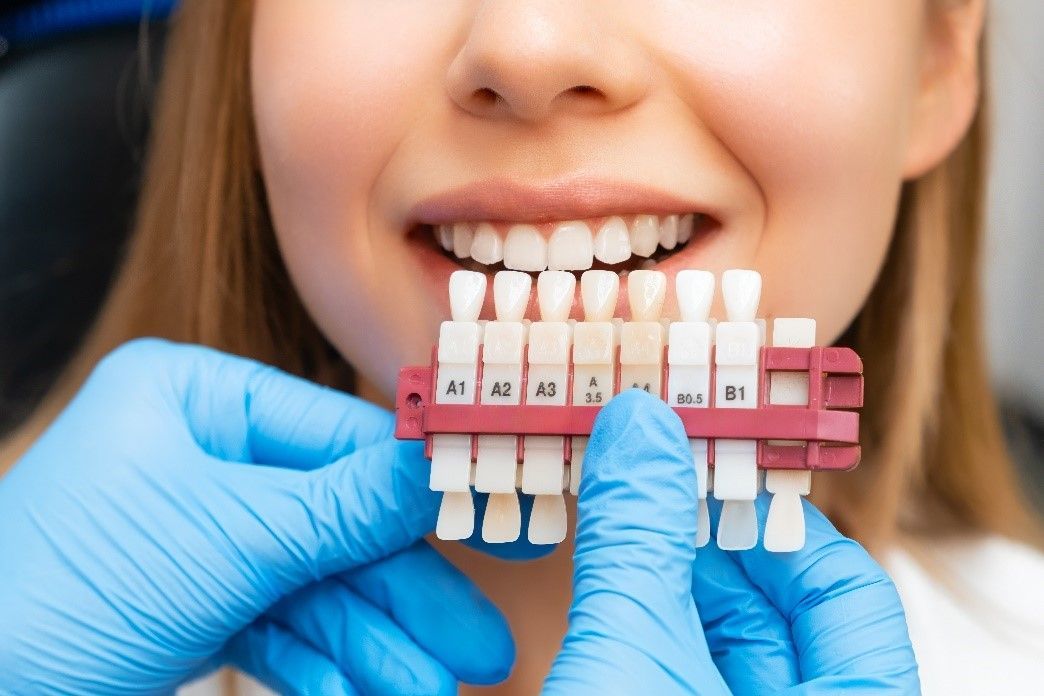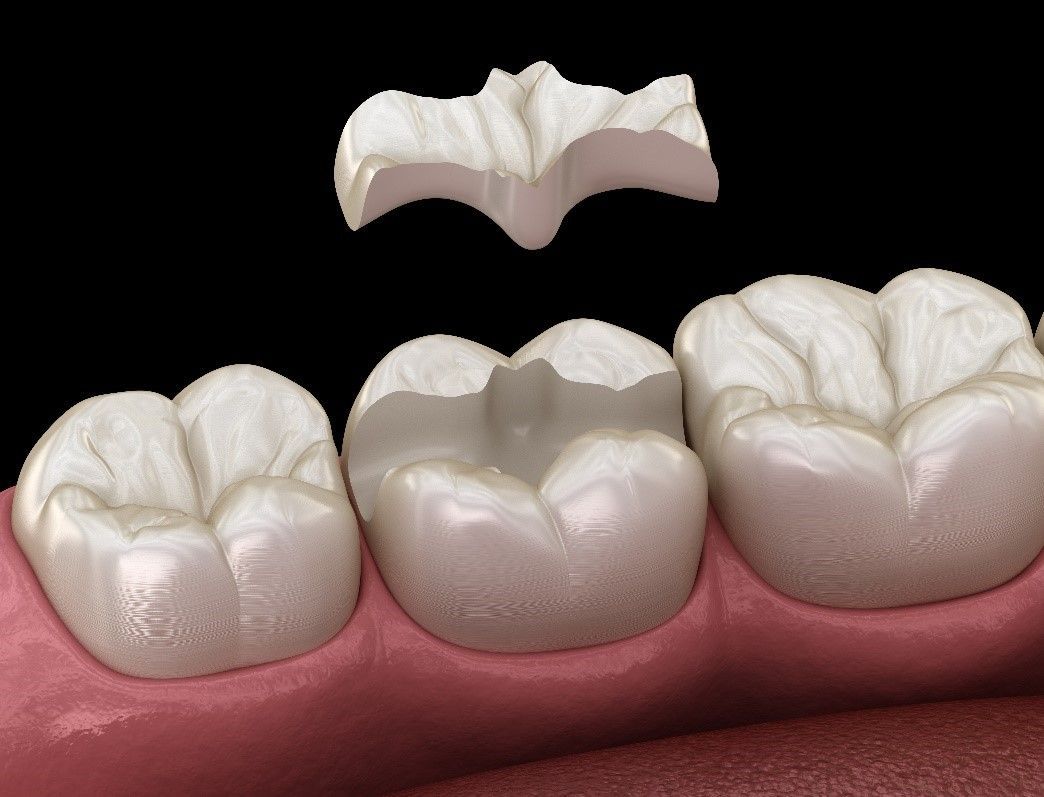Everything That You Need to Know About Tooth Extractions
Blue Ash Dental • February 11, 2019

Tooth extraction is a dental procedure that gets completed when one or more teeth need to get removed from the mouth. Most teeth that get extracted are those that get damaged beyond repair.
What Are the Reasons That People Have Teeth Extracted?
There are quite a variety of reasons that people commonly get teeth extracted. Some of those include the following:
- Overcrowding: Overcrowding can require one or more teeth to get pulled to create the room for the rest of the teeth to grow in properly. During orthodontic work, a tooth (or multiple) may need to get removed to be able to straighten out the rest of the teeth and to make room for them all to move into their appropriate places.
- They are damaged and Decayed: One of the most common reasons that teeth have to get extracted is because they get damaged beyond the point that the dentist can replace the tooth. Often, extraction is required, and an implant, bridge, or another device will get placed where the missing tooth/teeth were.
- Need Replacing: If a tooth gets chipped or broken to the point that it can’t get repaired, the tooth may have to get extracted. The tooth would then need replacing with either an implant or a dental bridge.
- Wisdom Teeth: Wisdom teeth generally appear between ages 17 and 24. Not everyone will have the buds that allow them to get wisdom teeth. Some people who get them may get up to four (4) wisdom teeth. One will grow behind each molar in the back of the mouth. Sometimes they will come growing in crooked (impacting the other teeth) or cause pain, swelling, or discomfort, in which cases the teeth will need to get removed.
These are the four (4) main reasons that teeth will need extracting. In some cases, it may be more than one of the above that require a tooth to get removed. The last resort is removing the tooth generally a last resort when nothing else can be done to save it.
Types of Tooth Extractions:
There are generally two (2) types of extractions that are common when a tooth needs to get removed. They are as follows:
- Simple Extraction: Simple extractions are used to remove teeth that are visible within the mouth. This procedure can get done right in your dentist’s office, and you are generally free to leave soon as the tooth/teeth get extracted and the bleeding stops. Teeth are usually able to be removed with just dental forceps.
- Surgical Extraction: Surgical extractions get performed when the tooth/teeth are not easily accessible inside the mouth. These extractions can include impacted teeth that have not broken through the gum yet such as wisdom teeth. These procedures generally get performed under a general anesthetic. Generally, most of these procedures are done at a specialized clinic, although some dentists might be able to do these procedures in their offices as well.
A large majority of these procedures get done through simple extractions; however, when surgical extractions are necessary, many dentists will refer you to a surgical specialist to remove those teeth.
Pain Management Options:
After you have a tooth removed, you will understandably experience discomfort and soreness for a few days up to a week after your procedure. Most dentists will give you pain medication to help manage the pain. Having the prescription filled and taking the recommended dosage of medication can help greatly reduce your pain in the few days following the procedure.
Avoid chewing hard foods near the extraction site to keep food particles from getting into the area where your tooth got pulled. Eating softer foods such as mashed potatoes or even macaroni and cheese for a few days after your procedure can also help. Avoiding hot/spicy foods as well as alcohol (which can burn the inflamed area and also may react with pain medications you got prescribed) for several days is also advisable.
Begin eating regularly as soon as it is comfortable to do so.
Rinse your mouth with a teaspoon of salt dissolved in a cup (8 oz) of water 2-3 times per day to help keep the area around the pulled tooth from getting infected.
Begin all brushing and flossing activities as you normally would 24 hours after the procedure. Be gentle when cleaning around the area where the tooth got extracted.
Call your doctor right away if you have any severe bleeding or abnormal pain while recovering.
Healing/Aftercare:
While you are recovering, you want to make sure that you do not remove the blood clot from the infected area. This blood clot is how the gums heal themselves from where the tooth was. If the blood clot falls out, it can expose the bone beneath the gums which can cause severe pain and even infections where the tooth got removed.
If you suspect that you have a dry socket or feel more pain in the area where it got removed, call your dentist immediately so they can help you treat it.
Also be sure to effectively clean the site around the wound several times per day and chew on the opposite side of your mouth to avoid getting food particles stuck near where the tooth got extracted.
What Does a Tooth Extraction Cost?
You can expect the average nonsurgical tooth removal procedure to cost between $75 and $300.
For surgical tooth removal, you can expect to pay around $150 to $650.
What We Do
Here at Blue Ash Dental, we strive to provide the best possible care for our patients. We believe that your natural teeth are the best teeth that you can have. However, when the only option is tooth extraction, we are here to help ensure that your procedure and your recovery go smoothly as we can.
If you think that you might need a tooth extraction (or any other dental treatment), please feel free to contact us at Blue Ash Dental for further assistance. If you’re in need of a local dentist and aren’t from the Blue Ash Oh area, consider making a Google sebarch such as “West Seattle Dentists” to find a trusted practice near you.











